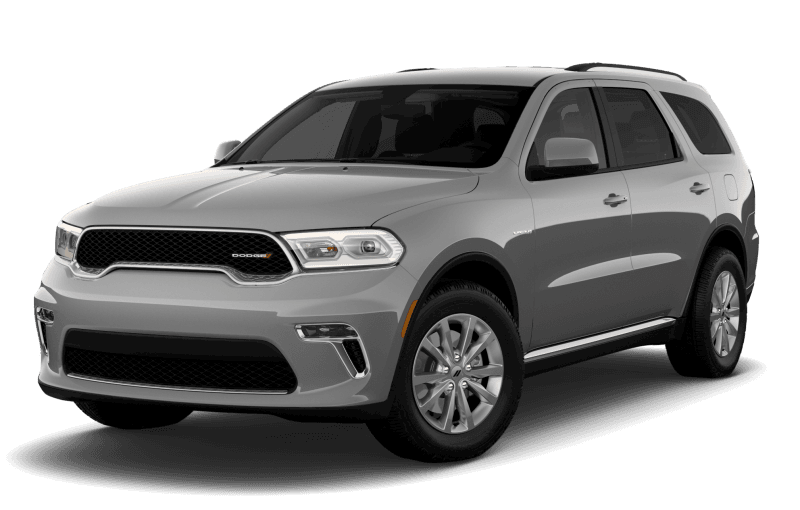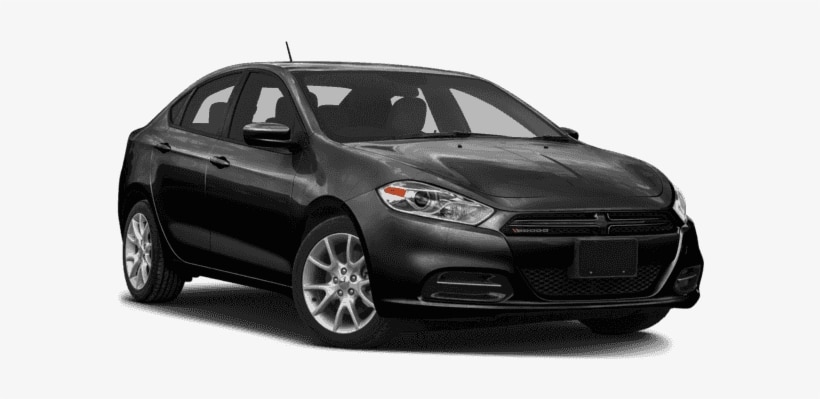In 2011, the Dodge Journey model underwent a restyling. It received a new radiator grille, changes to the interior panels, new suspension, steering, transmission settings, and a new Dodge logo adopted in 2010.
In the same year, Journey’s sales in Europe ceased. Instead of this model, its Italian counterpart Fiat Freemont was launched on the European market, replacing the Ulysse minivan.
The car has an aluminum bonnet and a plastic tailgate. High-strength steel is widely used in the body structure (30 percent of the car’s total weight). The second row of seats is 40 mm higher than the first, and the optional third row is slightly higher than the second. Landing on the second row is facilitated by doors that swing open on 90 degrees.
There are stashes on the floor for storing various things. Rear passengers have their own climate control system. The vehicle is equipped with multiple 12-volt electrical outlets. The audio system includes a built-in hard drive.
2009 2010 Dodge Journey Engine Oil Type and Engine Oil Capacity
| Engines | Engine Oil Capacity (with filter) | Oil Type |
| 2.4L 4-cyl Engine ED3 | 4.2 liters (4.4 quarts) | 5W-20 |
| 2.4L 4-cyl Engine EDG | 4.3 liters (4.5 quarts) | 5W-20 |
| 3.5L 6-cyl Engine | 5.2 liters (5.5 quarts) | 10W-30 |
2011 2012 2013 2014 2015 2016 2017 2018 2019 2020 Dodge Journey Engine Oil Type and Engine Oil Capacity
| Engines | Engine Oil Capacity (with filter) | Oil Type |
| 2.4L 4-cyl Engine ED3 | 4.3 liters (4.5 quarts) | 5W-20 |
| 3.6L 6-cyl Engine ERB Flex | 5.6 liters (5.9 quarts) | 5W-20 |
How Much Oil Does a Dodge Journey Take?
The 2021 Dodge Journey with the 2.4L 4-cyl engine (engine code ED3) takes 4.5 quarts (with filter) of 5W-20 synthetic oil. The Dodge Journey with a 3.6L 4-cyl engine (engine code K20C1 Turbo) takes 5.9 quarts (with filter) of 5W-20 synthetic oil. A new oil filter and a crush washer are required.
The front seats are fitted with side airbags. The brakes are disc “in a circle”, there is an anti-lock braking system (ABS), an electronic stabilization system (ESP), an emergency braking system, an anti-slip system, a rollover prevention system, a trailer swing control system, a tire pressure monitoring system, a rearview camera. Efficiency indicators: according to the manufacturer, the car should consume 15-12 liters of gasoline per 100 km in the urban cycle, and 10-9.4 liters per 100 km on the highway).



